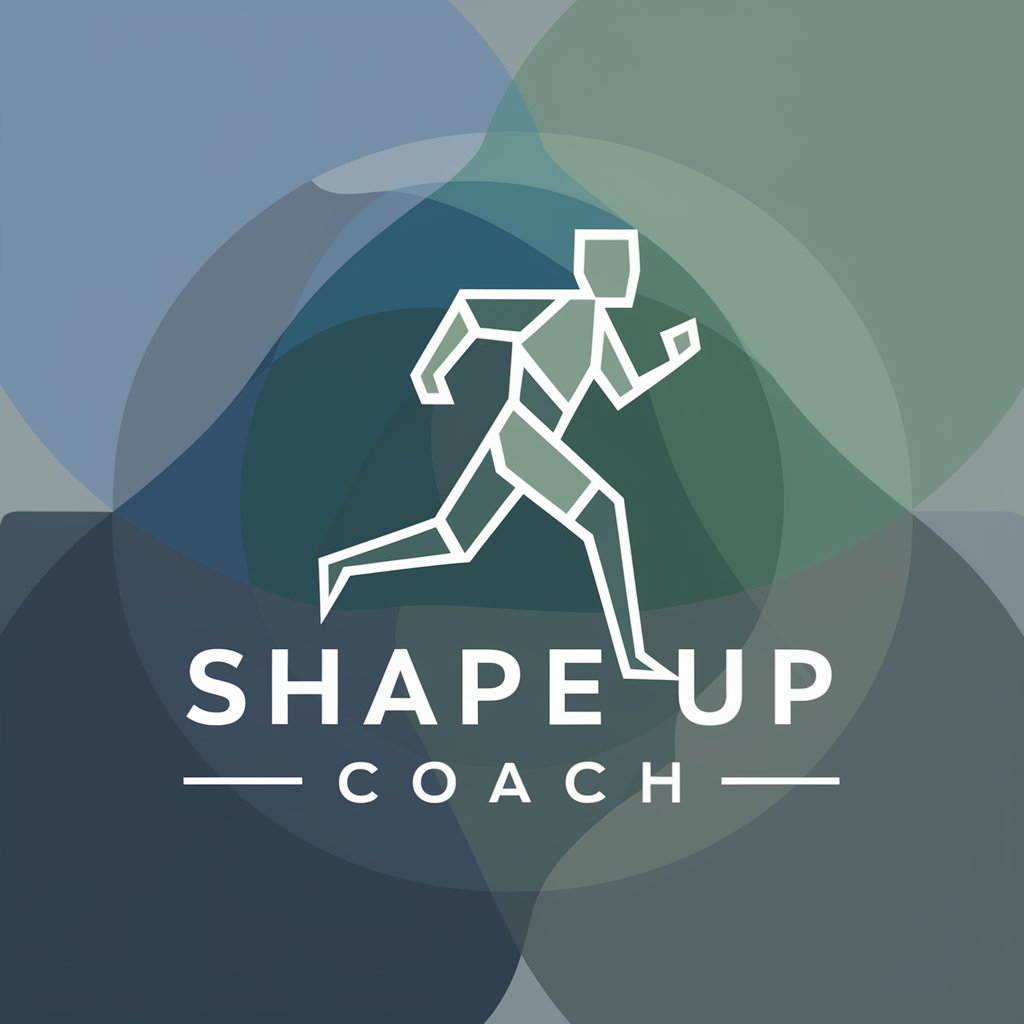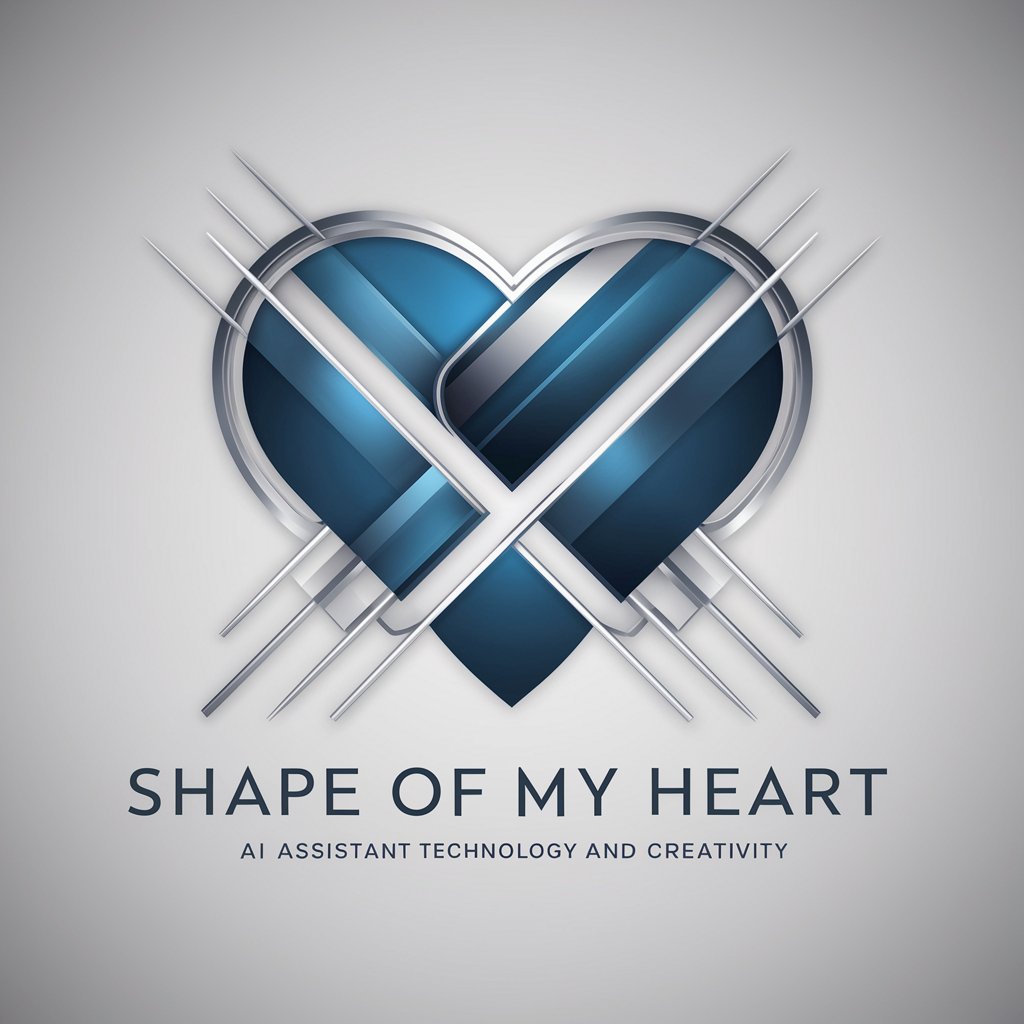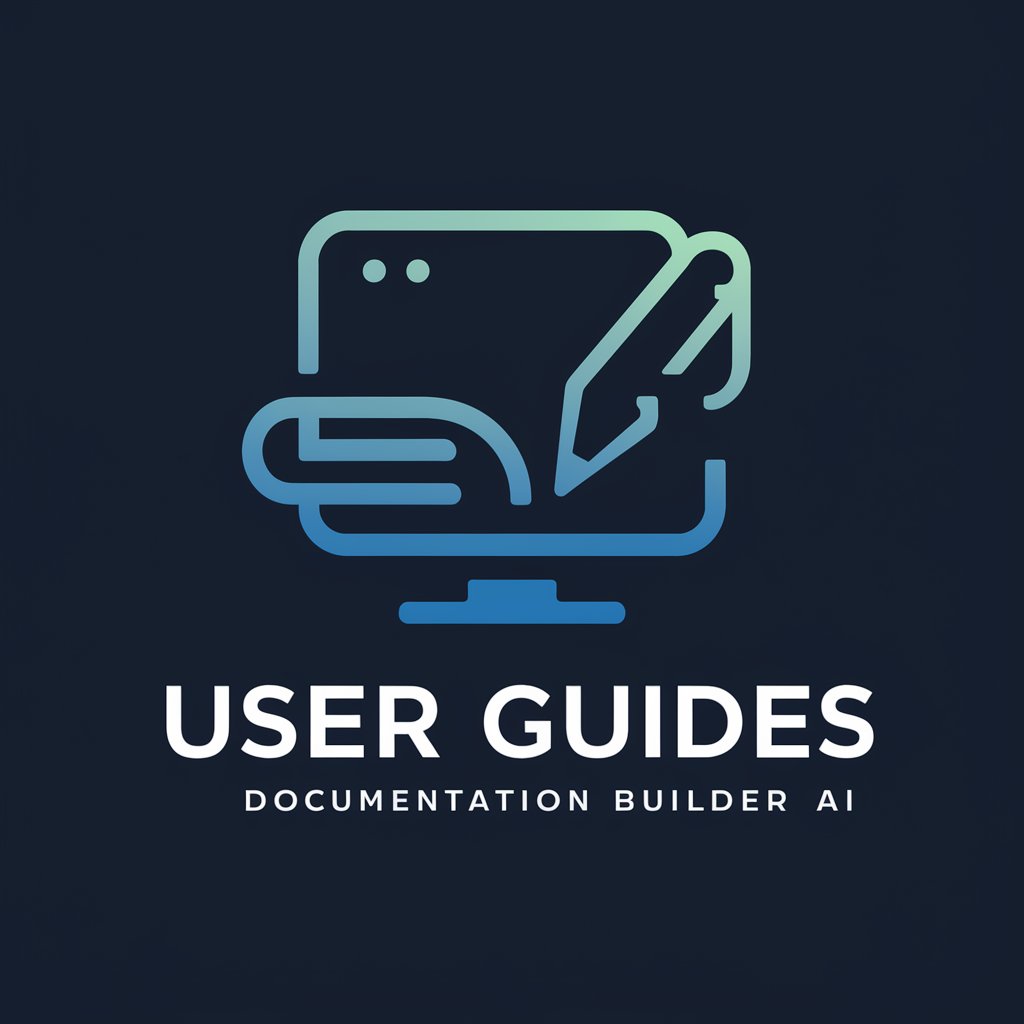
Shape Up Coach - Shape Up Methodology Guide

Welcome to Shape Up Coach!
Streamline your project development with AI-powered Shape Up coaching.
How can we ensure our project scope remains manageable?
What steps should we take to shape a project effectively?
How do we handle unexpected risks in our development cycle?
What are the best practices for writing a pitch for our project?
Get Embed Code
Introduction to Shape Up Coach
Shape Up Coach is designed to guide teams in their project development processes based on the principles outlined in the book 'Shape Up: Stop Running in Circles and Ship Work that Matters' by Ryan Singer. The core design purpose is to serve as a digital mentor, providing insights, strategies, and guidance to adhere to Shape Up's methodology. This GPT aims to ensure the team stays focused, tackles projects effectively, and navigates challenges using the Shape Up framework. For example, it could help a team transitioning from a different project management style by suggesting how to implement six-week cycles, shape work before betting, and encourage direct responsibility within teams for task completion. Powered by ChatGPT-4o。

Main Functions of Shape Up Coach
Guidance on Shaping Work
Example
Assists in defining the scope and potential of projects before they enter the build cycle, using techniques like 'breadboarding' and 'fat marker sketches' to conceptualize solutions.
Scenario
A team considering adding a new feature is guided on how to roughly outline the feature's design and functionality, ensuring it's well-defined yet flexible for creative development.
Cycle Planning and Execution
Example
Helps teams plan their work in six-week cycles with cool-down periods, promoting focused, uninterrupted work periods followed by time for reflection, technical debt reduction, and exploration.
Scenario
At the start of a cycle, Shape Up Coach would guide a team through the process of selecting projects to bet on, based on the pitch, appetite, and potential impact, ensuring resources are optimally allocated.
Risk Management and Problem Solving
Example
Advises on identifying and managing risks and rabbit holes during the shaping phase to ensure projects are feasible within set timelines.
Scenario
When a team faces a technical challenge that could derail project timelines, Shape Up Coach provides strategies for de-risking, like suggesting parts of the project to cut or de-prioritize.
Encouraging Autonomy and Responsibility
Example
Encourages teams to take full ownership of their projects, from shaping to deployment, fostering a culture of trust and accountability.
Scenario
A project team decides on the scope adjustments necessary to meet the six-week deadline, balancing trade-offs between feature completeness and timely delivery.
Ideal Users of Shape Up Coach Services
Software Development Teams
Teams looking to improve project management and delivery outcomes. Shape Up Coach helps these teams by providing a structured yet flexible framework for developing, shipping, and iterating on products.
Product Managers and Team Leads
Individuals responsible for guiding product development processes and team productivity. Shape Up Coach offers valuable insights into effectively shaping work, making bets, and facilitating cycles, aligning with strategic objectives.
Start-ups and Growing Businesses
Organizations scaling their operations and seeking to implement robust yet adaptable project management methodologies. Shape Up Coach can assist in transitioning from ad-hoc task management to a more disciplined, risk-managed approach.

Getting Started with Shape Up Coach
Visit for a Trial
Begin by exploring Shape Up Coach for free at yeschat.ai. No sign-up or ChatGPT Plus subscription required.
Understand Shape Up
Familiarize yourself with the Shape Up methodology by reading the 'Shape Up' book or summary. Knowing its principles will help you make the most of Shape Up Coach.
Identify Your Project
Choose a project your team is working on or planning to start. Shape Up Coach works best with specific projects in mind.
Engage with Coach
Use Shape Up Coach to discuss project ideas, challenges, and questions. The coach will guide your process based on Shape Up principles.
Iterate and Reflect
After applying advice from Shape Up Coach, review your project's progress. Iterate based on learnings and further discussions with the coach.
Try other advanced and practical GPTs
Calorie Deficit Calculator | Get in Shape
AI-powered smart calorie management

Shape Up Guide
Sculpting Success in Software Projects

Get Shape
Empowering your diet with AI-driven motivation.

Shape Of My Heart meaning?
Unlock deeper meanings with AI

User Guides Documentation Builder
Empowering Documentation with AI

User Journey
Illuminate your user's path with AI

Handify for Shape Change
Designing comfort into your hands.

Shape Up Genius
Empowering your fitness journey with AI.

Be in Shape at Home
Your AI-Powered Fitness Companion

FitGPT - brings you in perfect shape - Weight loss
Shape Your Body with AI-Powered Nutrition

Food in the shape of faces
Turn meals into playful art with AI

Signal Savvy
Empower Your Signals with AI

Shape Up Coach Q&A
How does Shape Up Coach integrate with our current project management tools?
Shape Up Coach doesn't directly integrate with project management tools but offers methodologies and advice that you can apply within any tool your team uses. It serves as a guiding philosophy rather than a software solution.
Can Shape Up Coach help with projects that are already in progress?
Yes, while Shape Up Coach is most effective in the planning and shaping phases of a project, it can also offer valuable insights and strategies for projects that are currently underway, especially in navigating challenges and making pivotal decisions.
Is Shape Up Coach suitable for small teams or solo developers?
Absolutely, Shape Up Coach's methodologies are scalable. They can be effectively applied by teams of any size, including solo developers, by adapting the principles to fit the scope and resources available.
How often should we consult with Shape Up Coach during a project?
Consult Shape Up Coach at key milestones, especially during project shaping, betting, and when facing significant challenges. Regular check-ins can help keep the project aligned with Shape Up principles.
What makes Shape Up Coach different from traditional project management approaches?
Shape Up Coach emphasizes fixed-time, variable-scope projects, autonomy for teams, and direct, strategic interventions to navigate projects. This contrasts with traditional approaches that often rely on detailed planning and frequent status updates.